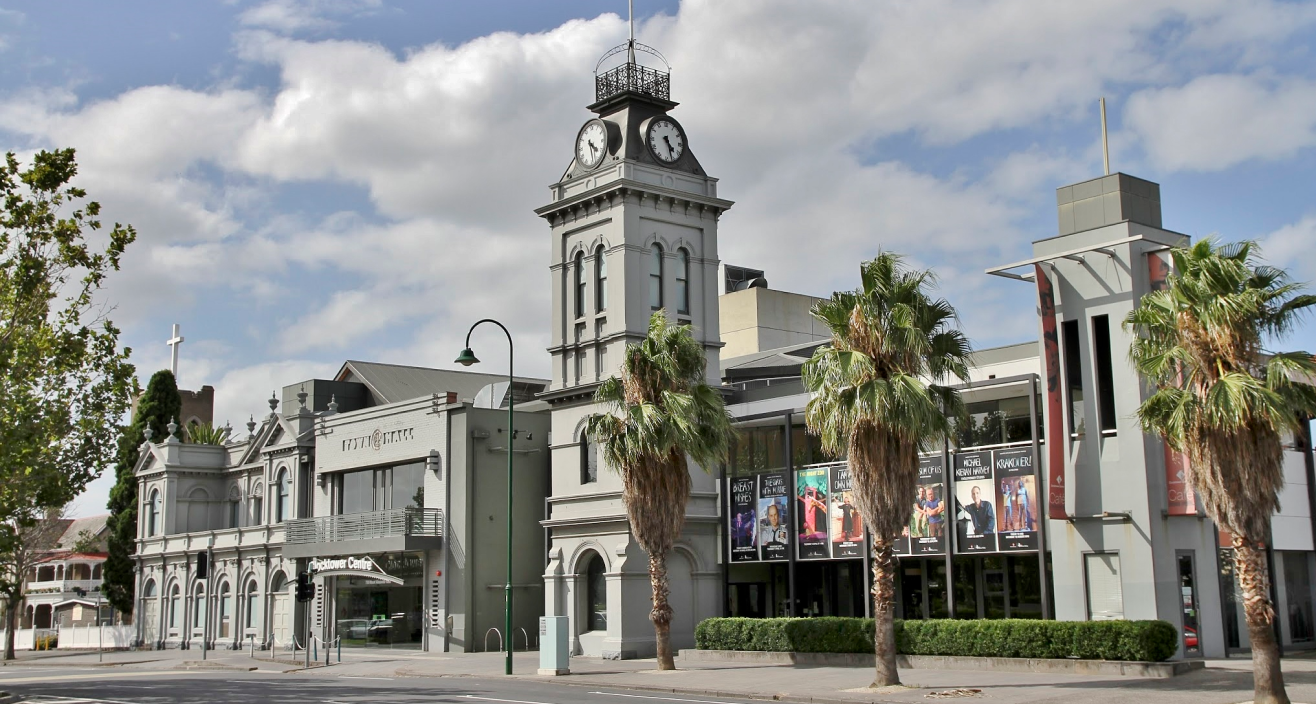Essendon's History


The Clocktower Centre, Essendon
The Clocktower Centre, Essendon
The Essendon area was desirable to the early pioneers
The first recorded visit by a European to the area was by Charles Grimes, Deputy Surveyor-General of New South Wales, in February 1803. Grimes and his small party are thought to have travelled up the Maribyrnong River, then known as ‘Saltwater River’ and stepped ashore somewhere in Footscray.
The Essendon area was desirable to the early pioneers with its undulating grassy land with thousands of grazing kangaroos, extensive birdlife, a wide river full of fish, and a chain of reed-fringed waterholes. The early settlers removed huge native gum trees which had provided shelter for the Doutta Galla (or Dutigalla) Aboriginal tribe and the vast wildlife and cleared the forest and deep gullies.
The first land sales in Melbourne took place in 1837, and in 1851, the same year that gold was discovered, Victoria separated from New South Wales.
The gold rush of the 1850s transformed ‘Marvellous Melbourne’ into the Crown Jewel of the British Empire and one of the richest cities in the world.
Mount Alexander Road was built in 1851, a muddy track that led to the goldfields at Mt Alexander (now Castlemaine) and Ballarat and Bendigo. It was known as the ‘Yellow Brick Road’.
Pioneers and gold diggers would head to the goldfields from Melbourne and would spend the first night of their seven-day trek camping at a chain of ponds (now Moonee Ponds).
Richard Green, a merchant, who arrived from England in the 1850s named the district Essendon after the village in Hertfordshire, England where he grew up.
The Essendon Post Office opened on 18 August 1856.
By 1860, newer suburbs such as Essendon, Hawthorn, North Melbourne (Hotham) and South Melbourne (Emerald Hill) joined the already established early suburbs of Collingwood, Fitzroy, Richmond and St Kilda. The Essendon-Flemington district was established in 1854, and Local Government was formed in 1862 when the Borough of Essendon and Flemington was created.
The Victorian goldrush period (1851 to the late 1860’s) saw the area grow from a small establishment of businesses at the intersection of Mt Alexander Road & Fletcher Street, and the junction of Bulla Road & Keilor Road (Bendigo Corner) to a bustling area with a train station and amenities to accommodate the growing population and their newfound wealth. It was also a period that saw many of the big original Crown allotments divided and sold, and the start of the development of housing in the area.
The Victorian Railways service between Essendon and Melbourne began on 9 January 1871, following an unsuccessful private railway operating from 1860 until 1864. The beautiful Essendon Station was opened on 1st November 1860 and remains in use today. The Essendon Tram Depot on Mt Alexander Road opened in 1906.
Our rich architectural history in Melbourne’s inner north-west significantly shapes the lovely character and feel of our beautiful streets and suburbs.